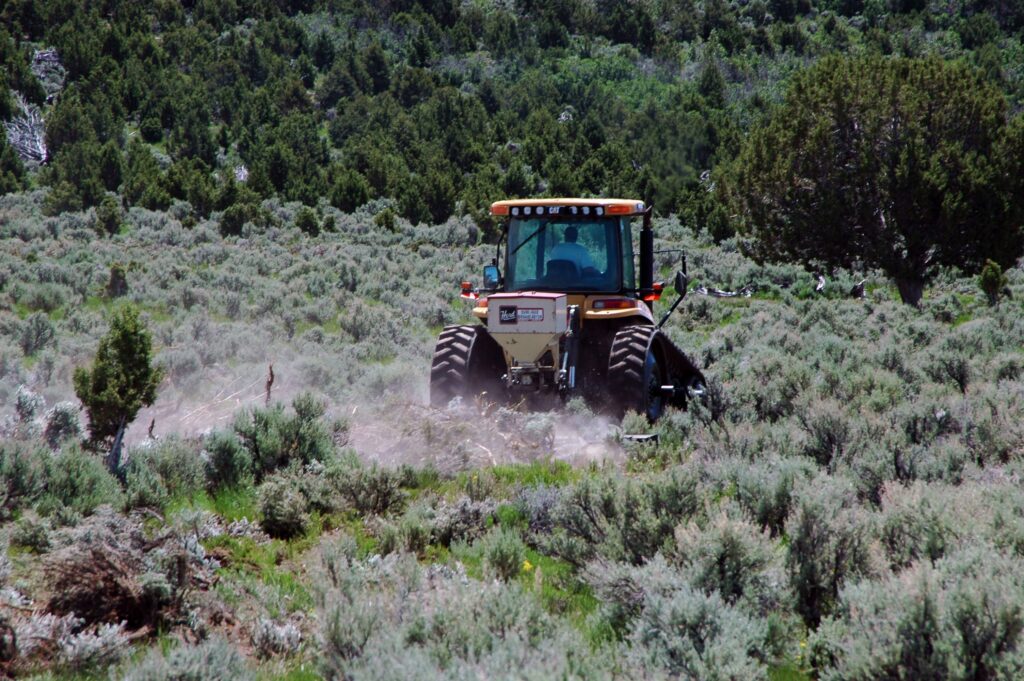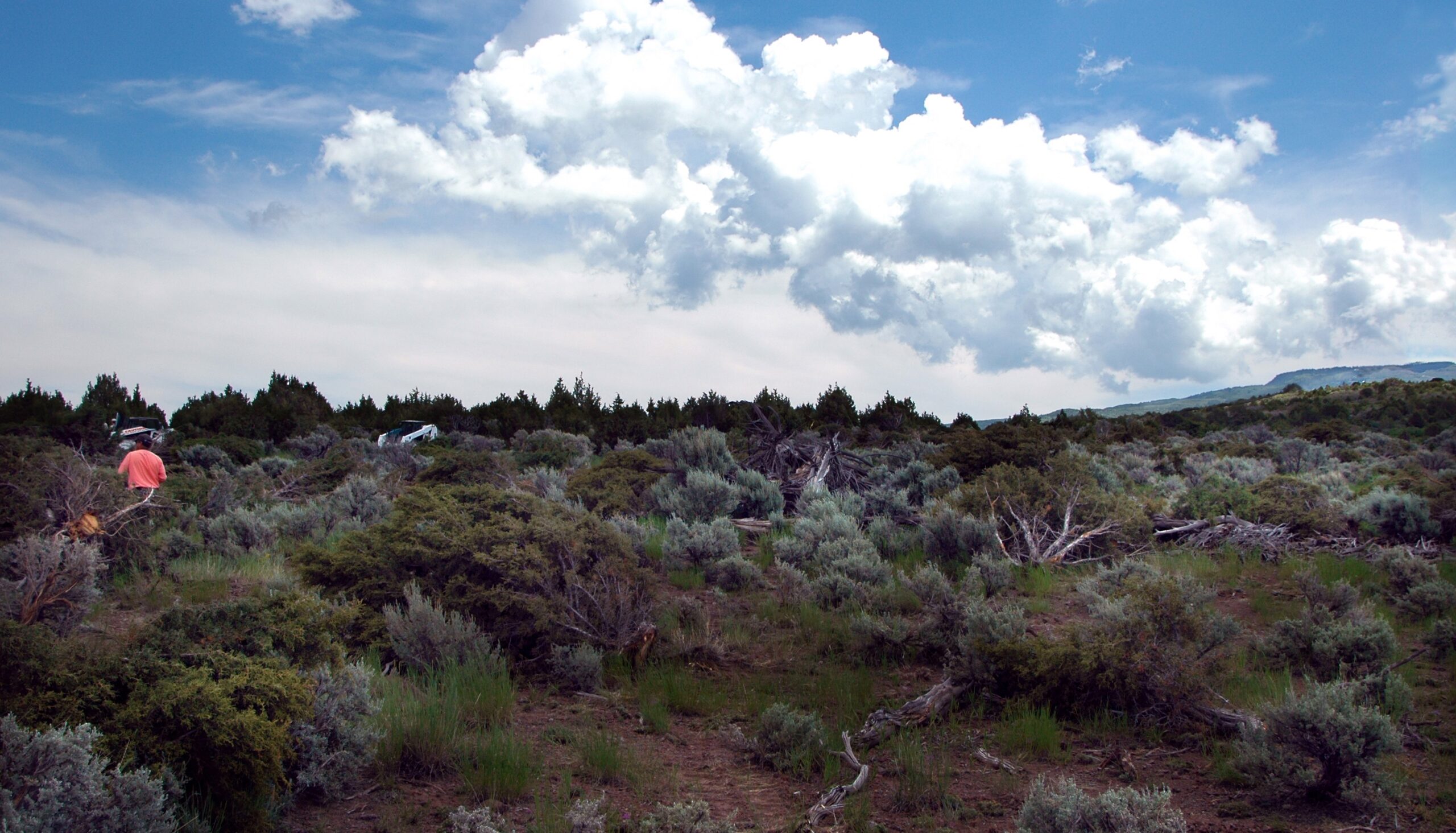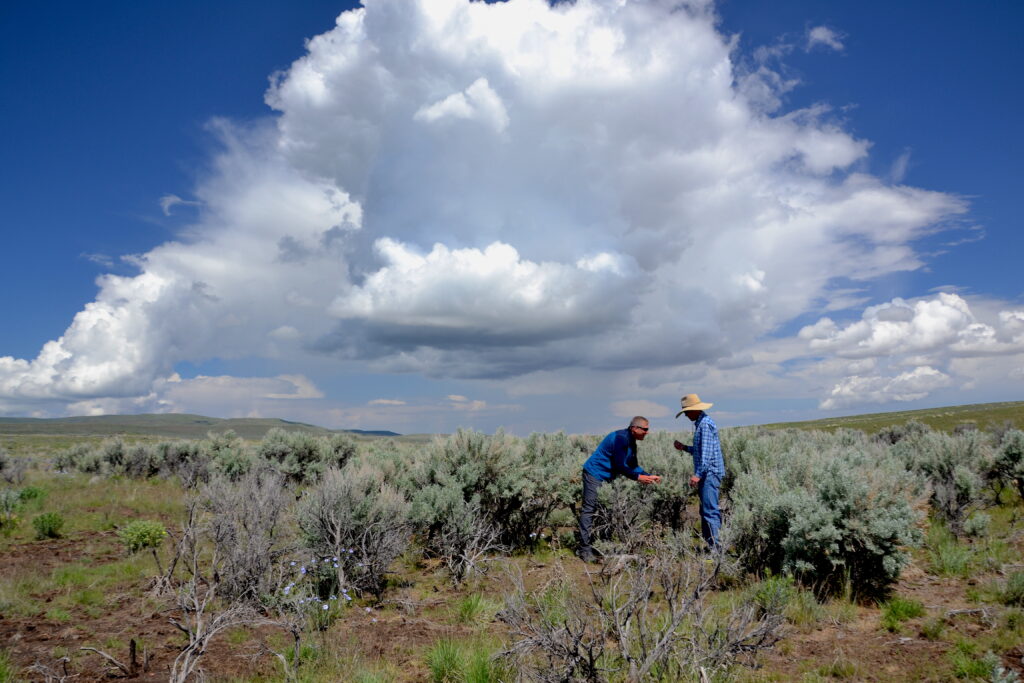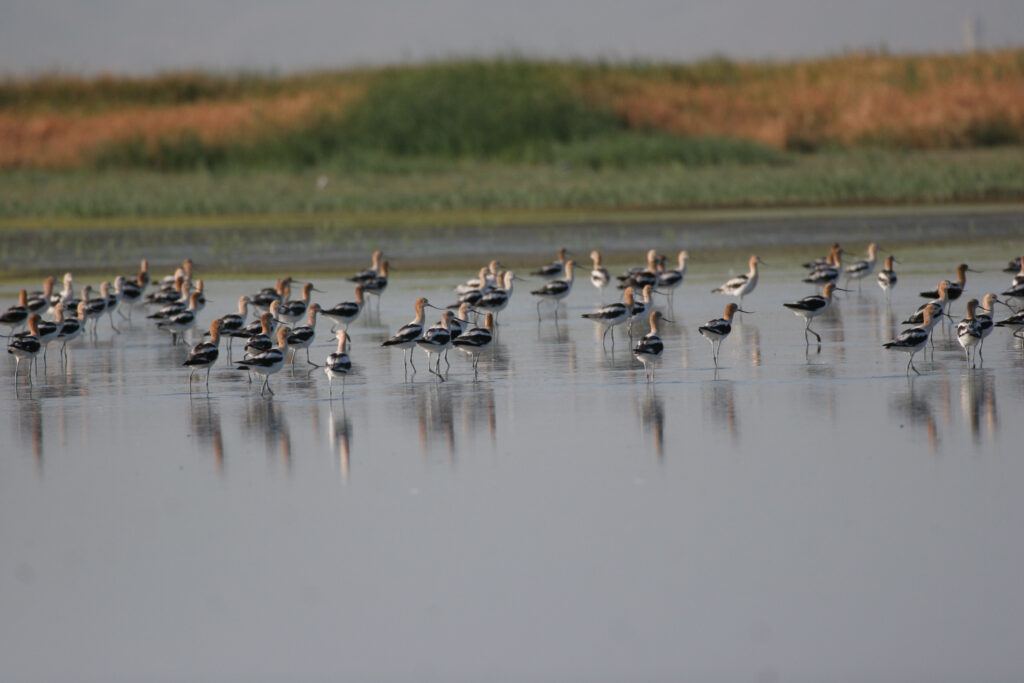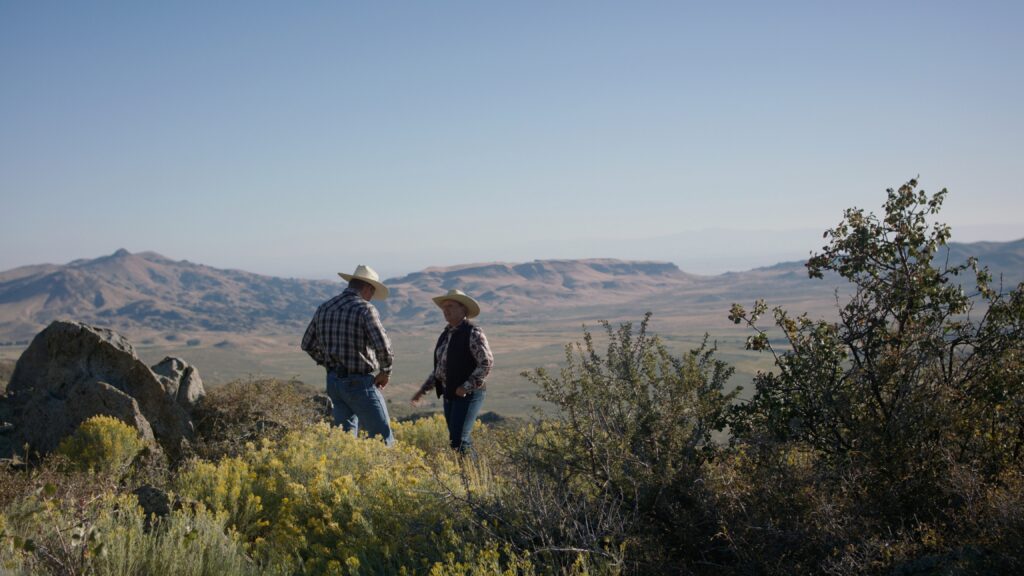In Utah, what do tamarisk removal, fish passage improvements, and sage grouse habitat restoration have in common? The answer is all of these types of projects, and many more, were completed in 2014 through the Utah Watershed Restoration Initiative (WRI), one of the most successful partnership programs that is helping fish and wildlife habitat management in the West.
The word “unique” is over-used today but I think it applies to WRI. Now entering its tenth year of completing landscape-scale projects in Utah, the purpose of WRI is to restore and improve watershed health in priority areas across the state. This conservation effort is enhancing and protecting our present and future quality of life by improving water quality and yield, reducing catastrophic wildfires, restoring the structure and function of watersheds following wildfire, increasing habitat for wildlife populations and forage for sustainable agriculture.
In 2014, with support of $3.95 million from the Utah Legislature, the WRI partnership (which includes 91 partners) completed over 130 projects restoring 112,987 acres of uplands and 55 miles of stream and riparian areas. Since its inception, WRI partners have completed over 1,340 projects, treating over 1.15 million acres of habitat with an investment by all partners of over $130 million.
WRI operates as a diverse partnership of state and federal governmental agencies working together with non-governmental organizations, industry, elected officials and private landowners, and is coordinated by the Utah Department of Natural Resources. Five locally led teams identify conservation issues and focus areas using existing plans to address needs at the landscape and watershed level. Projects are proposed for feedback by partners, reviewed and ranked by the regional teams using a standardized scoring system, and then are funded from a variety of sources and contributors. Services provided to project proponents through the various partners in WRI include a seed warehouse facility, restoration equipment, project monitoring, on-line project database (www.wri.utah.gov), contracting services, fiscal management, cultural resource clearance, training, and field technical support. A new database and website is under construction and will be online in November 2015.
The long-term results from this effort will be measured multiple ways, including reduced acres burned and suppression costs for wildfires, reduced soil loss from erosion or sedimentation and storage loss in reservoirs, improved water quality and yield, and improved wildlife populations and agricultural production, among others.
The WRI is about improving watersheds at a landscape scale. Landscape is a big word with a big meaning. To the partners in WRI, it means standing on a hilltop where invading conifers use to dominate and being able to see restored habitat from horizon to horizon. It means standing on the shore of the Great Salt Lake and seeing thousands of acres of formerly phragmites-choked marsh returned to proper functioning marshes. It means rehabilitating the largest wildfire in the state’s history (the Milford Flat Fire) back to healthy plant communities. It also means conserving our quality and ways of life in this beautiful state.
